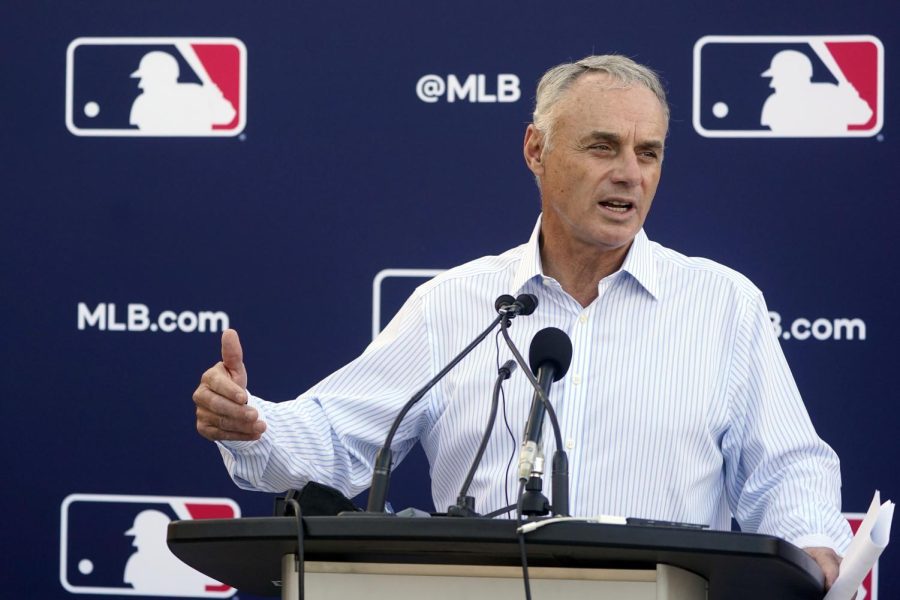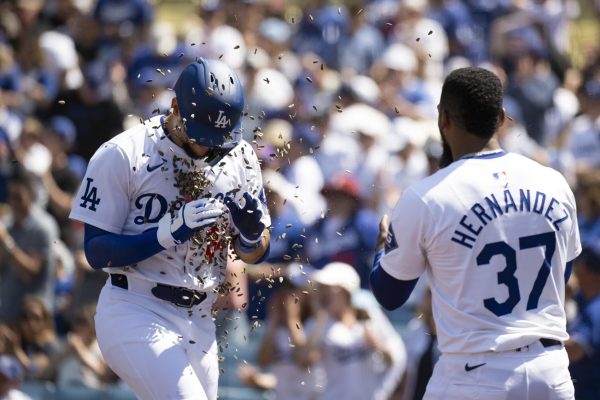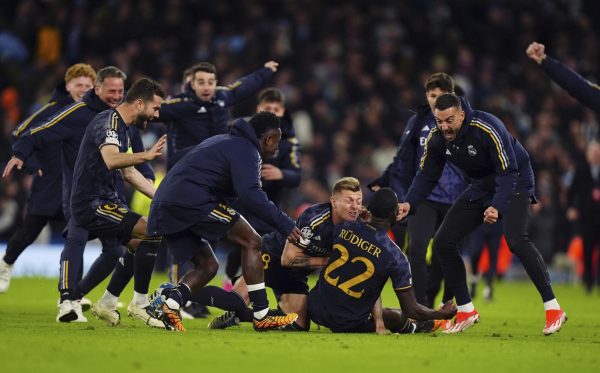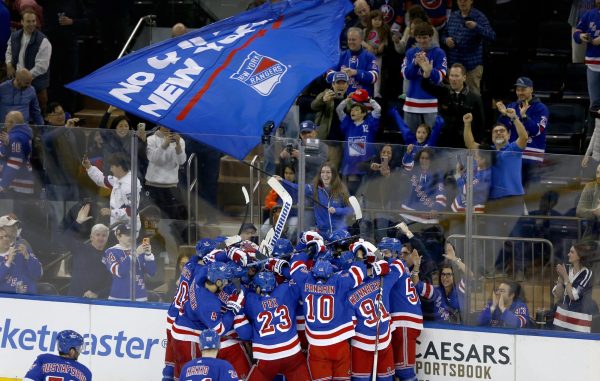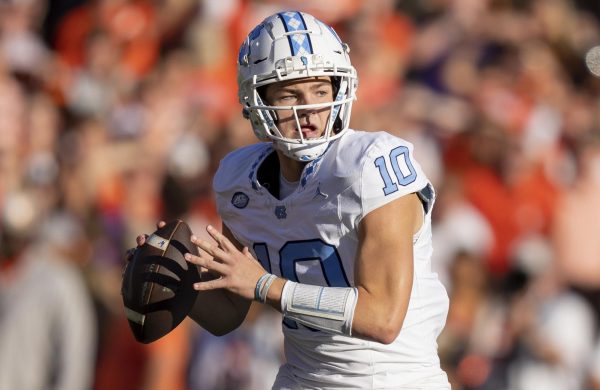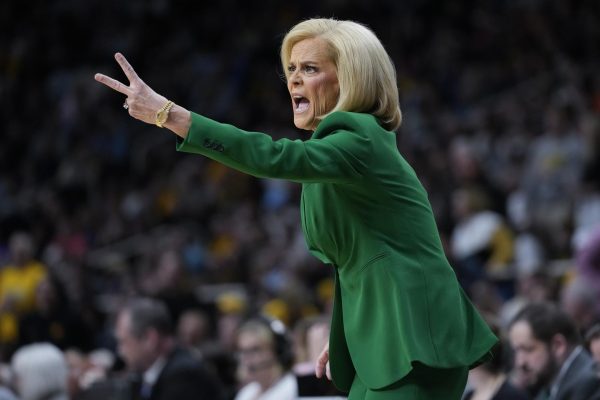Explained: The MLB Lockout
The last week has seen profound turmoil in the professional baseball world. On March 1, Major League Baseball (MLB) Commissioner Rob Manfred announced that the first two series of the 2022 regular season would be canceled due to a failure of the MLB and Major League Baseball Players Association (MLBPA) to agree on a new collective bargaining agreement (CBA). This is the first time that a regular-season game will be canceled because of a work stoppage since the 1994-95 player’s strike which resulted in the loss of more than 900 games, including the 1994 World Series.
At this point, 90 regular-season games have been canceled. Spring training games were supposed to have started on Feb. 26, but will not start sooner than March 12. Talks between the MLB and MLBPA are scheduled to resume on March 6, but hope for a quick resolution is low, reports CBS Sports. What this means for opening day is unclear, as three to four weeks of spring training are expected to occur before the regular season can.
The minor leagues are still scheduled to start spring training and their regular-season games as planned. However, any minor league players on a major league team’s 40-man roster are not allowed to train or play in any games until a new CBA is agreed upon.
At its core, the issue stems because the players believe that the last two CBA’s have given more power to the owners, especially in regards to salaries. Younger players, in particular, are unhappy with the minimum salary rules in place.
Baseball salaries work based on something called “service time.” For each day that a player spends on the 26-player roster or the MLB injury list, is a day counted towards a year of service. One year of service time is reached when a player has 172 service days in a given year. Upon reaching three years of major league service, a player becomes eligible for salary arbitration which means that they can earn substantial raises relative to the MLB minimum salary.
Prior to three years of service, players are more or less stuck with the minimum salary. The only caveat to this is the “Super Two” rule which states that the top 22% of players based on awards and performance, that have less than three years of service are eligible for arbitration.
Therefore, teams are looking to focus more on younger players with less service time with the hopes of paying less money for players that are more likely to be operating at peak performance. The 2021 MLB minimum salary was $570,500, which for reference is 30% lower than the NHL, a league that has less than half of the annual revenue than the MLB.
The Associated Press reported that 62% of players on the 2021 Opening Day Rosters had salaries under a million dollars and 32% had salaries under $600,000. Therefore, about a third of MLB players are getting paid the lowest minimum salary out of the four main professional leagues in America, for a season that is longer and has more games than any other.
The latest proposal by the MLB in regards to salary is to raise the minimum to $700,000. The MLBPA has proposed $725,000 with larger annual increases. While this is a significant increase from a monetary perspective, there still remains the question of what happens to salaries with the canceled games. Manfred, to the New York Times, has said that the games will not be rescheduled, therefore players will not get paid for games not played, adding another source of conflict between the two parties.
On a similar note, the collective bargaining tax (CBT), otherwise known as the “luxury tax,” is also up for debate. The MLB has proposed that the CBT be raised to $220 million in each of the next three seasons, up from $210 million under the previous CBA. The MLB also wants a 14-team postseason format. The MLBPA has proposed that the CBT threshold be increased to $245 million for next season, with a 12-team postseason format.
The MLB is not a league that has a salary cap, therefore, the CBT was initially constructed to restrict runaway spending by big-market teams. However, the Gazette reports that since 1997 only nine teams have ever exceeded the threshold. Part of the threshold penalty payments go to players’ benefits and retirement plans, and the rest is distributed to teams under the threshold.
Therefore, since the CBT threshold is rarely exceeded, the players feel as though the CBT operates more as a salary cap and should grow at the same rate as the MLB annual revenue to prevent salary restrictions. However, owners want to maintain a low CBT to be able to pay less in salaries while increasing the annual revenue.
To sum it up, the players, especially the younger, feel like they are entitled to more money, but the owners disagree. This is partly why the lockout is taking place, as owners waited six weeks after the previous CBA expired to propose a new draft. By canceling the games, the owners prevent the leverage from shifting to the players who could go on strike later in the season.
It will be interesting to see how the story develops in the coming week and if any more games will be canceled. Hopefully, a resolution will be reached quickly to give players what they deserve and to avoid alienating a tiring fan base.


